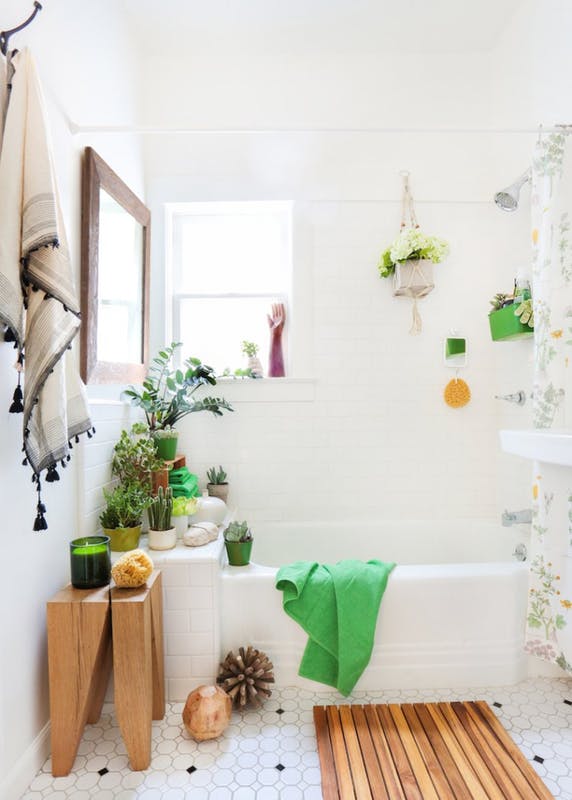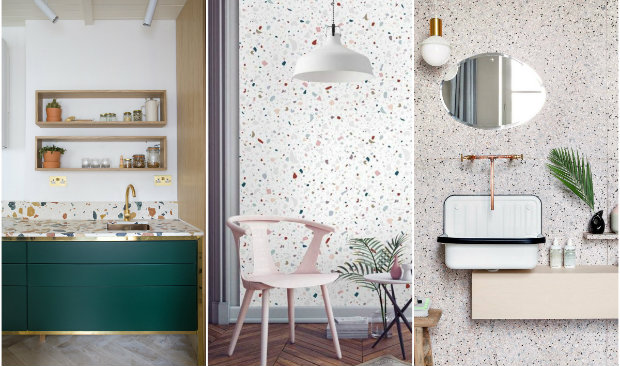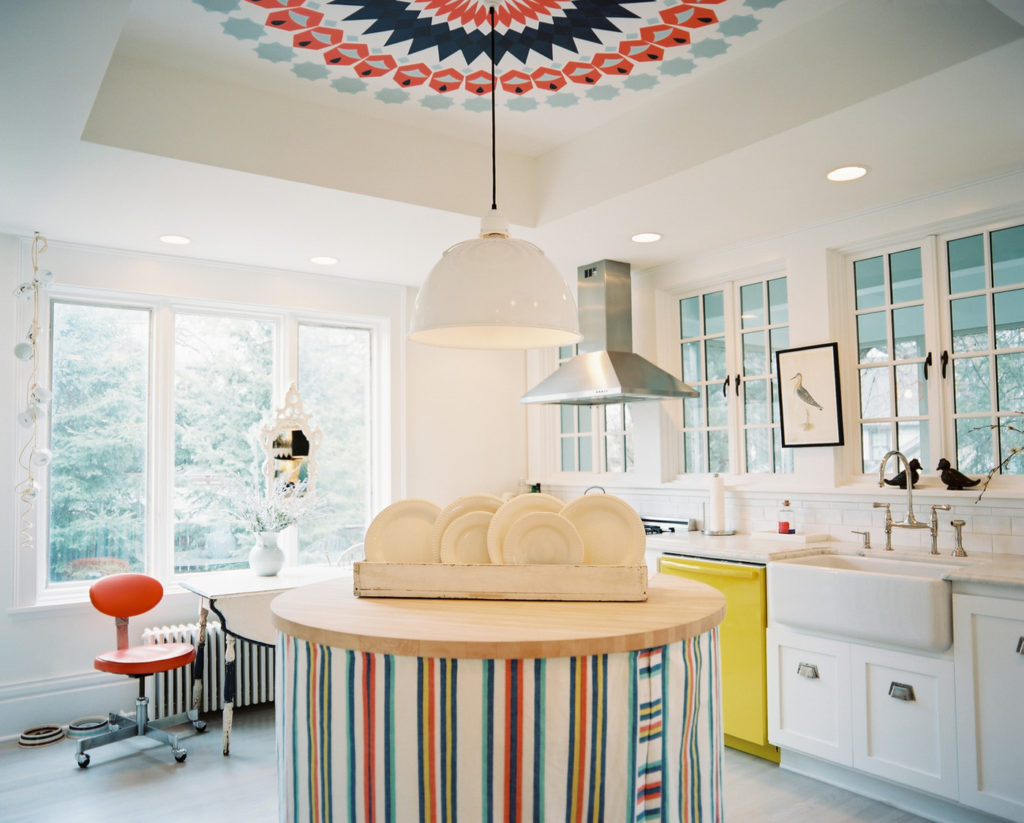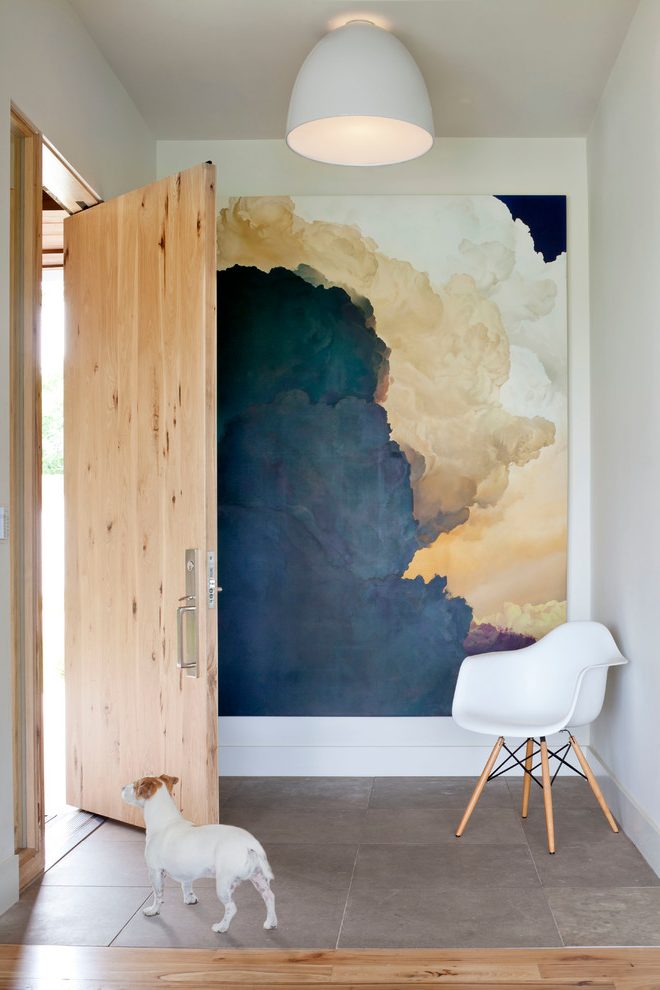Shifting into a new home is both exciting and stressful. But after going through the tough and challenging home buying process, followed by packing your belongings, it is time now to step into a new home where you will make a new beginning.
Also, a housewarming celebration is amongst the first few things we plan as we enter into our new space. But even before that, there are certain things that requires the immediate attention of the owner.
Trimuty Builders, in addition to building your dream home, are here to make the transformation easy for new owners. Here is a list few things that if taken care of will make your first few days stress-free & smooth:
Inspect Your Belongings
Check all major appliances. It is possible that some electronic items like
- Dishwashers
- Stove
- Dryer or washer,
could have been damaged during the shifting process. A thorough check is advisable to ensure they all items are working fine. It is also advisable to prepare an inventory list to track that all things have been transported safely.
Get The House Deep-Cleaned
In most cases, properties/flats are given a professional clean before the previous owners move out. But, at times apartments remain vacant for an extended time period and unpacking also creates garbage.
Hire professionals who specialise in deep cleaning. Also, give your home complete pest control before shifting especially in areas prone to their infestation.
Childproof Your New Home
Does the family have little ones? It then becomes important to childproof the home in order to ensure their safety and security. This includes identifying household hazards and respective subsequent effective elimination.
Make The Beds
For a good night’s sleep after a tiring day, it is mandatory to have enough bedding for everyone. Take a restful sleep to rejuvenate yourself and prepare yourself for the next day for further unpacking and putting things in place.
Get Your Locks Changed
It is important to get the locks changed shortly after moving. One could opt for automated locks that ensure 24×7 security.
Get An Emergency Kit
As a part of the safety for all, get an emergency kit that includes:
- First-aid
- Smoke alarm
- Fire extinguisher.
Identify emergency exits and formulate an escape plan out of the house.
Conclusion
Moving into a new home is an exciting milestone. By following these simple steps—inspecting your belongings, cleaning, childproofing, and ensuring safety—you can make the transition smoother and more enjoyable.
Frequently Asked Questions
Q. What should I do first when I move into a new home?
Start by inspecting appliances and ensuring everything works properly.
Q. How can I make my new home child-safe?
Childproof your home by removing potential hazards and securing furniture.






















